Table of Contents
Introduction
Hey there!
Ever had one of those moments, sitting outside on a clear night, looking up at the stars and wondering about all the possible places we could call home? Yep, we’re talking about those ‘habitable zones’ in our vast Milky Way.
Now, you might think talking about habitable zones is reserved for those brainy scientists with big telescopes. But, nope! It’s a topic for everyone. Whether you’re a daydreamer, a space enthusiast, or someone who’s just plain curious, the concept of habitable zones is super fascinating.
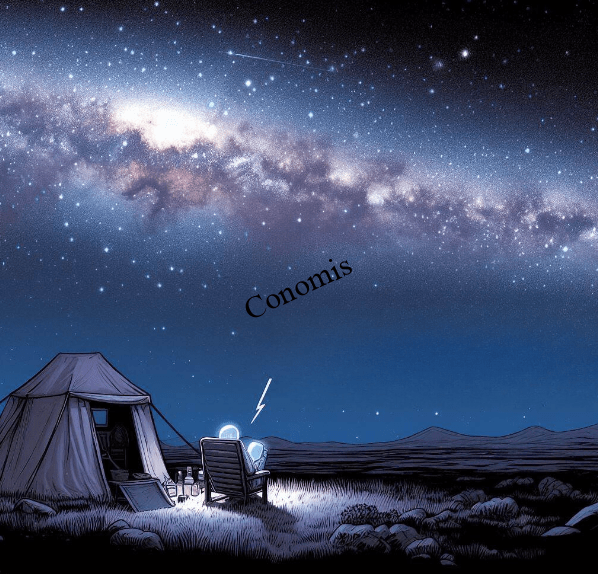
Imagine our Milky Way as a sprawling cosmic city. And within this city, there are specific neighborhoods, or habitable zones, where conditions might be just right for life. It’s like hunting for the perfect house, but in space!
In this article, we’ll dive deep into these habitable zones. We’ll explore the potential nooks and crannies in our galaxy where, who knows, we might one day find new neighbors or even a new home for ourselves.
So, are you ready? Let’s embark on this cosmic journey and uncover the mysteries of the habitable zones together!
Understanding Habitability
Defining Habitability
Hey curious space traveler!
Let’s break down a term you’ve probably heard a lot lately: habitability. So, what’s it all about? Simply put, when we talk about habitability, we’re discussing whether a place might have the right conditions to support life. Think of it like this: just as you’d look for a comfy house with the right amenities, in space, we’re hunting for those perfect ‘habitable zones’ where life could thrive.
But, here’s the cool part. Life is incredibly creative and surprising. Just when we think we’ve figured out where it can and can’t exist, it proves us wrong! So, even though we have our ideas about what makes a zone ‘habitable,’ the universe might have its own plans.

Now, back to these habitable zones. They’re like the goldilocks spots in space: not too hot, not too cold, but just right. And as we explore more, we’re finding that these habitable zones could be in places we never even dreamed of!
So, the next time you hear someone talking about habitability or habitable zones, think of it as the universe’s way of giving life a cozy corner to chill in. Pretty awesome, right?
Factors that Determine Habitability
You know when you’re planning a vacation and you’ve got that checklist? The one that has things like, “nice weather”, “close to the beach”, or “great food”? Well, the universe kind of has its own checklist when it comes to places where life might kick back and settle down. This cosmic checklist is what helps us identify those cool ‘habitable zones’ in space.
Alright, let’s chat about what’s on this checklist. First up, we’ve got water. Just like how we need water to make that perfect cup of coffee or have a refreshing shower, life generally likes places where water’s around. Then, there’s the whole temperature thing. Too hot, and it’s like being in an oven. Too cold, and it’s a freezer. Life wants that comfy in-between spot.

And let’s not forget the atmosphere! Just as you’d want a protective roof over your head during a storm, life needs a protective atmosphere to shield it from harmful space stuff.
So, when we’re out there looking for habitable zones, we’re essentially looking for places that tick these boxes. It’s kind of like house-hunting, but on a galactic scale. Makes you wonder, where in these habitable zones might our cosmic neighbors be chilling, right?
The Milky Way at a Glance
Understanding Our Galaxy and the Quest for Habitable Zones
When we talk about our home in the cosmos, it’s essential to start with the basics. Imagine, if you will, a vast, spinning vinyl record. However, instead of grooves, it’s embedded with billions of glittering stars. This is a simple way to visualize our very own galaxy: the Milky Way.
Now, within this expansive stellar sea, there are pockets or regions that have garnered a lot of attention lately. They’re known as ‘habitable zones.’ Just as on Earth we search for that perfect home with the right lighting, a comfortable environment, and maybe a picturesque view, in the cosmos, scientists and astronomers search for these habitable zones with similar enthusiasm.

But why the fuss about these zones? Well, habitable zones represent areas in our galaxy where conditions might be just right for life to exist. Think about it as the universe’s prime real estate. Amid the incomprehensible vastness of our galaxy, these zones offer hope, a chance that amidst the countless stars, there might be a place just right for life.
So, as we continue our cosmic journey, understanding our Milky Way, it’s fascinating to consider these special habitable zones. These regions stand as a testament to the possibility and wonder that our galaxy holds. After all, among those billions of stars, there just might be a spot with the perfect blend of conditions, beckoning life to thrive.
The Intricate Design of Our Galaxy- Components and Structure
Our Milky Way is a wondrous cosmic masterpiece. At its center, the heart of this vast expanse, lies a dense core. Many astronomers speculate that this core is home to a supermassive black hole, a mysterious and powerful entity that dominates its surroundings.
Radiating from this central region are the galaxy’s beautiful spiral arms. These aren’t just random patterns in the night sky. They’re vibrant areas filled to the brim with stars, as well as clouds of gas and dust. These components, constantly interacting, paint a dynamic portrait of our galactic home.
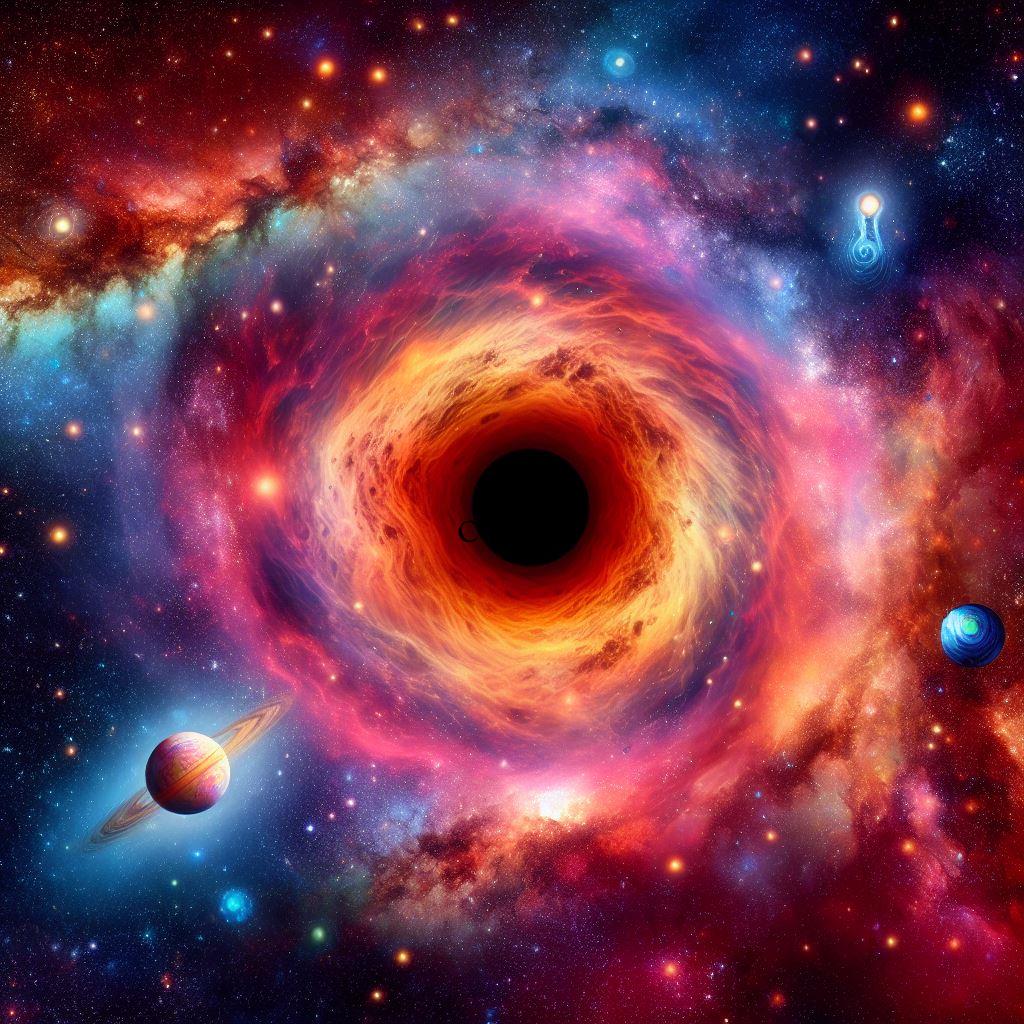
But amidst this vastness, there are regions that hold special significance: the habitable zones. These zones are pockets within the galaxy where conditions might be ripe for life. Understanding the habitable zones becomes paramount as we delve deeper into the galaxy’s structure. Amidst the dense core, the spiraling arms, and the myriad of stars, these habitable zones stand out, suggesting potential oases of life in the vast cosmic desert.
The Goldilocks Zone
Deciphering the Goldilocks Zone: A Perfect Spot in the Cosmic Landscape
When venturing into the mysteries of the cosmos, there’s a term that often pops up, evoking a sense of wonder and curiosity: The Goldilocks Zone. Much like the tale of Goldilocks where the porridge had to be “just right,” in the vast expanse of space, this zone refers to a very special region.
Surrounding a star, the Goldilocks Zone is that sweet spot, a part of the habitable zones, where conditions strike a perfect balance. It’s neither too hot nor too cold, making it potentially ideal for liquid water to exist. As water is a fundamental ingredient for life as we understand it, finding such a zone heightens the anticipation of discovering life beyond Earth.

Further delving into the significance of habitable zones, it’s crucial to appreciate the rarity of such places. In the infinite dance of stars and planets, for conditions to be just right is truly exceptional. The Goldilocks Zone stands as a testament to the possibility of life-friendly niches amidst the vast, often inhospitable stretches of the universe. The quest to understand and explore these habitable zones continues to inspire astronomers and dreamers alike.
The Significance of Searching for Life Beyond Earth
Life’s intricate dance is mesmerizing. It thrives, grows, and adapts, but there’s one thing it desperately clings to: water. Every life form we know, from the tiniest microbe to the grandest whale, depends on this precious element. It’s the elixir that nourishes, sustains, and breathes life into organisms.
Enter the Goldilocks Zone, also known as a part of the habitable zones in the cosmic setting. This zone represents an area around a star where conditions might be just right for liquid water to persist. It’s neither too close to the star, which would be scorching hot, nor too far, where it would be freezing cold.
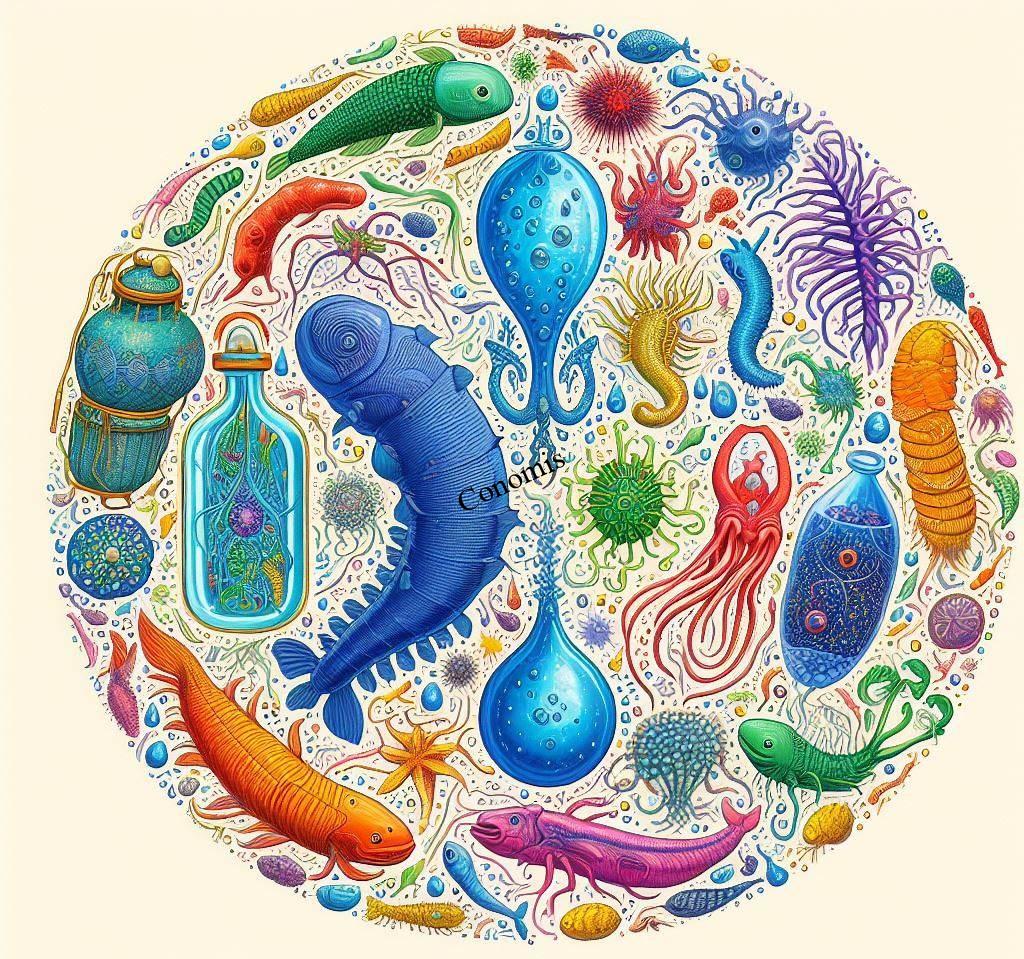
The pursuit of these habitable zones becomes paramount in our quest for extraterrestrial life. If we’re to find life elsewhere in the universe, these zones are our most promising leads. Because if life, in its diverse forms, converges on the necessity of water, then the habitable zones, with their potential for water, become the lighthouses in the vast cosmic sea, guiding our search for life beyond Earth.
Mapping Habitability in the Milky Way
Exploring the Diversity of Habitable Zones in the Cosmos
The universe, with its mind-boggling vastness, is teeming with an array of stellar bodies. Amid this celestial tapestry, there’s a term that frequently captures the attention of astronomers and space enthusiasts alike: the habitable zones. These are regions in space where the potential for life is considered to be higher based on certain conditions.
Interestingly, not all habitable zones are created equal. Some zones are situated tantalizingly close to their parent stars. These regions might experience higher temperatures, and yet, if conditions are balanced just right, they could still harbor the potential for life.

On the other end of the spectrum, there are habitable zones that exist in more remote, isolated regions. Far from the blazing heat of a star, these zones might be cooler, but they too hold promise. The delicate balance of conditions required for life might still be met in these distant pockets.
The sheer variety of habitable zones underscores the incredible diversity of our universe. It reminds us that life, if it exists beyond our planet, could be nestled in a myriad of environments, each unique and yet, in its own way, perfect. As we continue to probe the cosmos, these habitable zones serve as our markers, guiding us in the eternal quest to find life beyond our blue planet.
Unveiling the Secrets- How Scientists Spot Habitable Zones in Space
The quest to find life beyond Earth is one of the most captivating pursuits in the world of astronomy. Central to this search are the habitable zones, regions in space where the conditions might be ripe for life to flourish. But how exactly do scientists pinpoint these promising areas in the vast expanse of the universe?
Enter the marvels of modern technology. Using powerful telescopes, both ground-based and those floating in space, researchers scan the skies with unparalleled precision. These telescopes don’t just capture stunning images; they gather crucial data about distant planets and their environments.
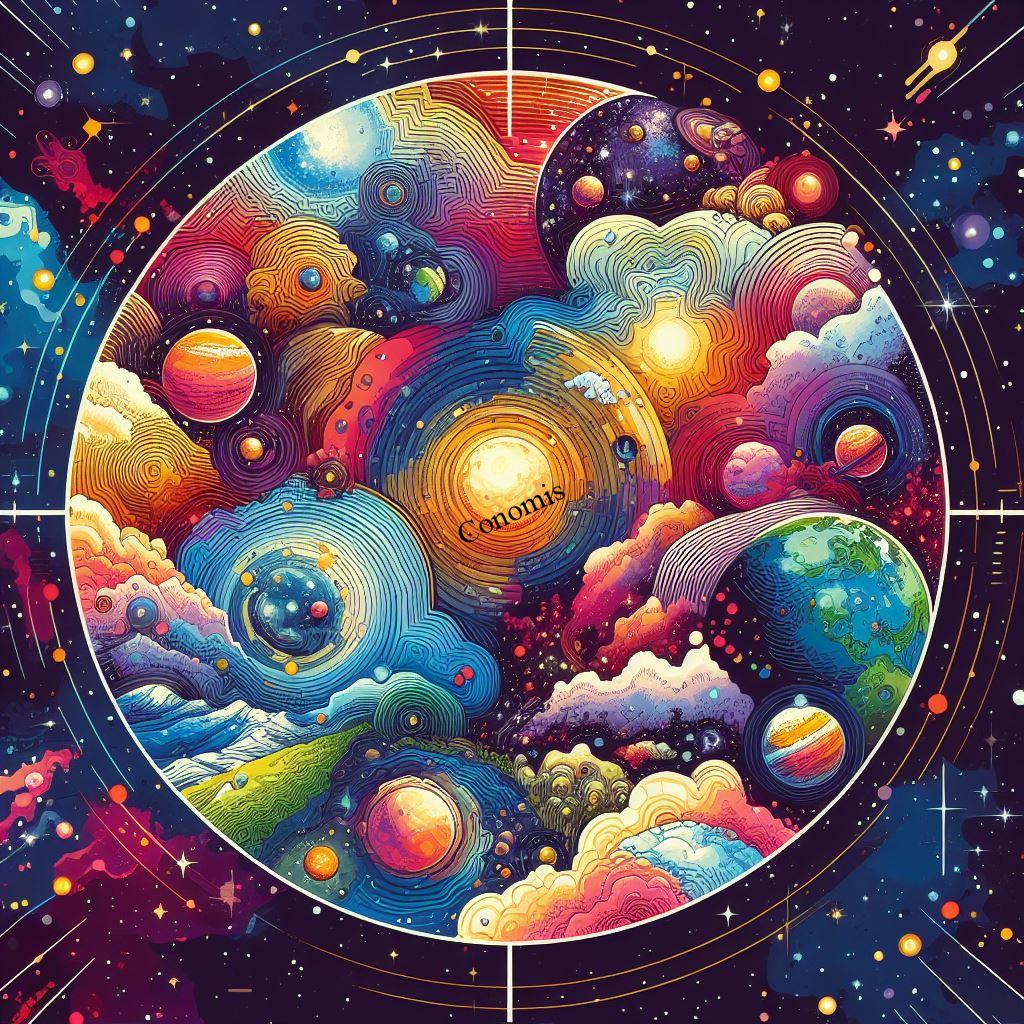
Yet, it’s not just about having the right equipment. Alongside these telescopes, sophisticated software comes into play. This software analyses the data, looking for planets with conditions that might resemble those on Earth. Factors like distance from the parent star, atmosphere composition, and potential presence of water all come into consideration.
These tools, when combined, provide a clearer picture of where the habitable zones might be located. Through relentless observation and analysis, scientists are inching closer to identifying planets within these zones that might just hold the secrets of extraterrestrial life. It’s a thrilling journey, driven by technology and human curiosity, into the heart of the cosmos.
Navigating through the Milky Way’s Habitability Zones
Zones Closer to the Galactic Center
As we delve deeper into the cosmic tapestry, the center of our galaxy emerges as a region of immense intrigue. Packed densely with stars, this area sparkles brilliantly, but it’s not without its challenges when considering potential habitability.
Close to the galactic center, the sheer number of stars means that the environment is bustling. Imagine a city center at rush hour, with stars instead of people! Amidst this stellar crowd, habitable zones do exist. These zones, given the proximity to numerous stars, might have conditions that differ markedly from those on Earth.
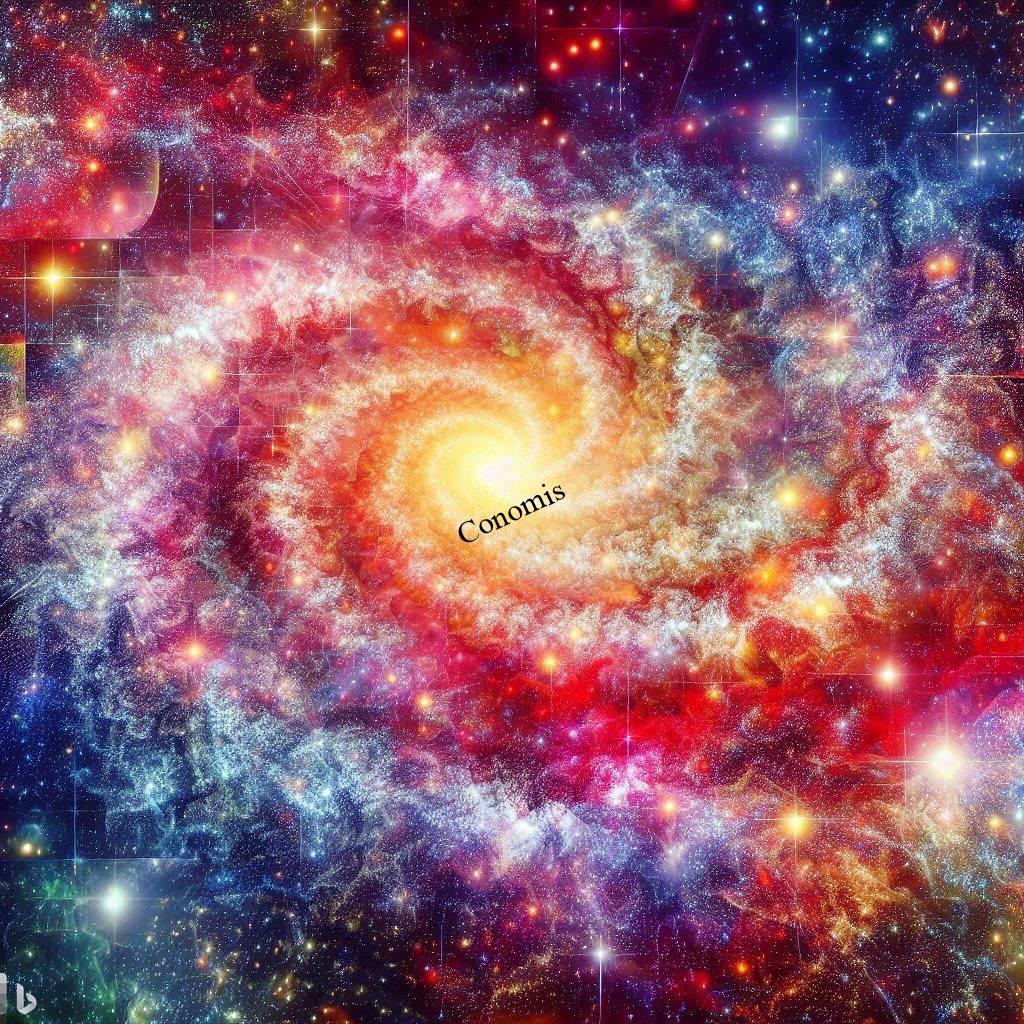
However, the density of stars also brings about intense radiation. This radiation, while making the area glow brilliantly, can be a formidable barrier for life. The high energy emitted can disrupt planetary atmospheres and even hinder the development of organic compounds essential for life.
Yet, the search for habitable zones near the galactic core remains relentless. The allure of discovering life in such a dynamic environment fuels the curiosity of scientists. As research progresses, we’re learning more about how life might adapt or even thrive under such conditions. Could there be resilient life forms existing in these zones, defying our current understanding? Only time and exploration will reveal the mysteries of these inner galactic habitable zones.
Zones Farther from the Galactic Center
Venturing beyond the bustling heart of our galaxy, we find ourselves in regions where stars are more sparsely scattered. The intense luminosity of the core fades, giving way to vast stretches that hold their own allure when it comes to the search for life.
In these outer reaches, habitable zones present a contrasting narrative to their inner-galactic counterparts. With fewer stars around, the star density decreases significantly. This reduction means there’s less intense radiation to contend with, potentially offering a more hospitable environment for life to take root and flourish.

Moreover, the relatively stable conditions in these outer zones could be conducive to the long-term evolution of life. Without the frequent disruptions that high radiation or close-proximity stellar events might cause, planets within these habitable zones have the potential for more consistent climates and environments.
While these outer galactic regions might seem quiet and less dynamic compared to the core, they hold immense potential in the quest for extraterrestrial life. As scientists cast their gaze farther from the galactic center, these habitable zones offer exciting possibilities, reminding us that sometimes, the quiet, unassuming places hold the most profound secrets.
Factors Affecting Habitability within the Milky Way
Stellar Radiation and its Impact
Stars, the luminous beacons in the vastness of space, are fundamental to the very existence of life as we know it. Their radiant energy warms planets, drives climatic systems, and enables the processes of life. But, like many things in the universe, there’s a balance to be struck.
The very radiation that stars emit, while essential, can also be a formidable foe in the quest for life, especially when it’s in excess. Excessive stellar radiation can strip a planet of its atmosphere, turning a once potential haven within a habitable zone into a barren wasteland. The delicate molecules that are the building blocks of life might be torn apart under the onslaught of such intense energy.

Moreover, within the habitable zones, the balance becomes even more crucial. While these zones are defined by their potential for life-bearing conditions, the level of stellar radiation can be the deciding factor. Too little radiation, and a planet might be too cold. Too much, and life’s delicate dance could be halted.
Thus, as we search the cosmos for these habitable zones, understanding and gauging the impact of stellar radiation becomes paramount. It serves as a reminder that the universe operates on a balance, and in that balance, lies the potential for the wondrous phenomenon we call life.
Cosmic Events and Their Consequences
The cosmos is a stage for grand events, where celestial bodies play their roles in dramatic sequences. While the universe’s vastness can often seem serene from our vantage point, it’s anything but static.
Central to our understanding of habitability are the events that can significantly alter the conditions within habitable zones. Supernovae, for instance, are explosive ends to certain stars, releasing tremendous energy. When such a stellar explosion occurs near a habitable zone, the repercussions can be devastating. The intense radiation and energy can destabilize the climate, atmosphere, and even the very geology of nearby planets.
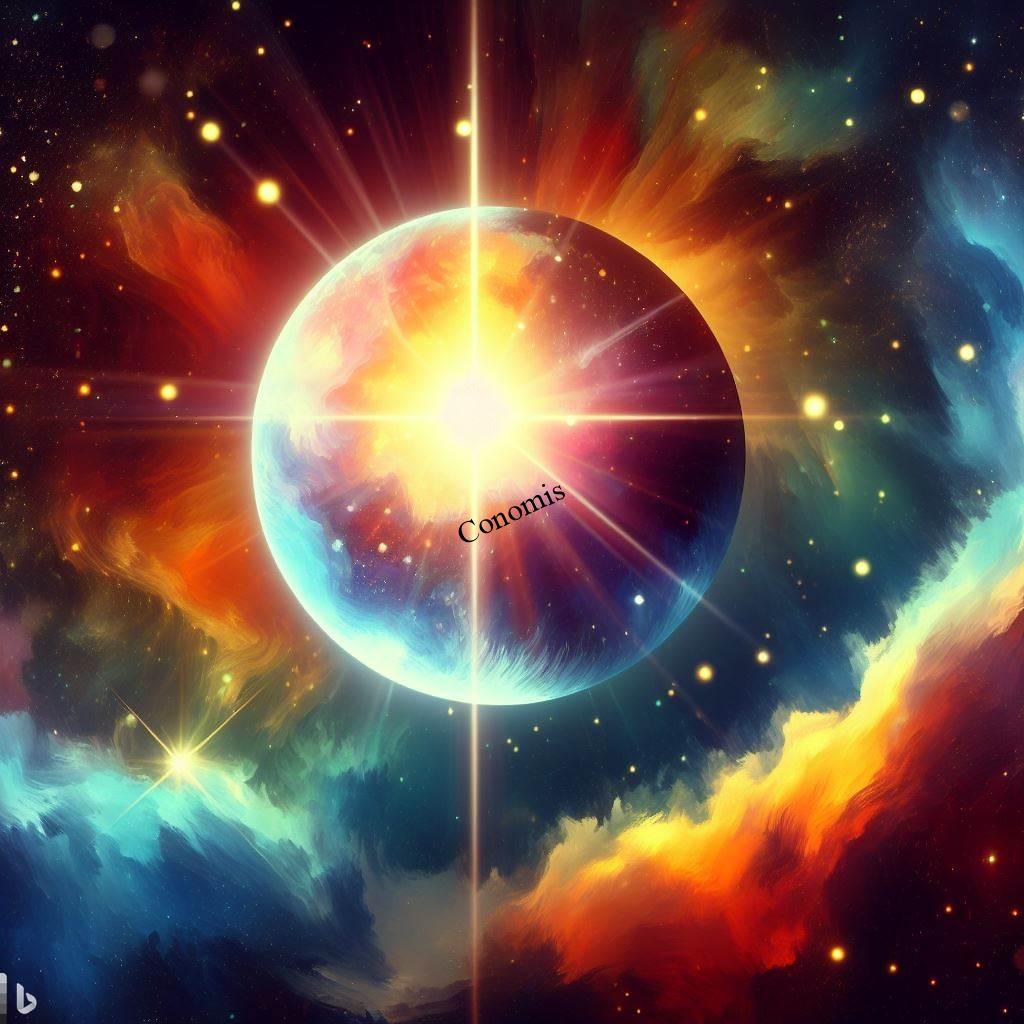
Similarly, black holes, with their intense gravitational pull, can disrupt planetary systems within their vicinity. Planets within habitable zones near these cosmic vacuum cleaners may find their orbits altered, or worse, find themselves being pulled inexorably towards the black hole itself.
These cosmic events underscore the dynamic nature of the universe and the ever-changing conditions of habitable zones. They remind us of the delicate balance that governs life’s potential across the vast cosmic canvas.
Case Study: Exoplanets in the Milky Way
Notable Discoveries
In the grand theater of the universe, the hunt for planets within habitable zones has yielded some spectacular finds. These discoveries don’t just expand our cosmic map, but also hint at the tantalizing possibility of life beyond our blue planet.
A prime example is Kepler-22b, a world that has captured imaginations worldwide. Nestled within its star’s habitable zone, this planet presents conditions that could potentially mirror Earth’s. Its size and position relative to its star make it a prime candidate in the search for extraterrestrial life.
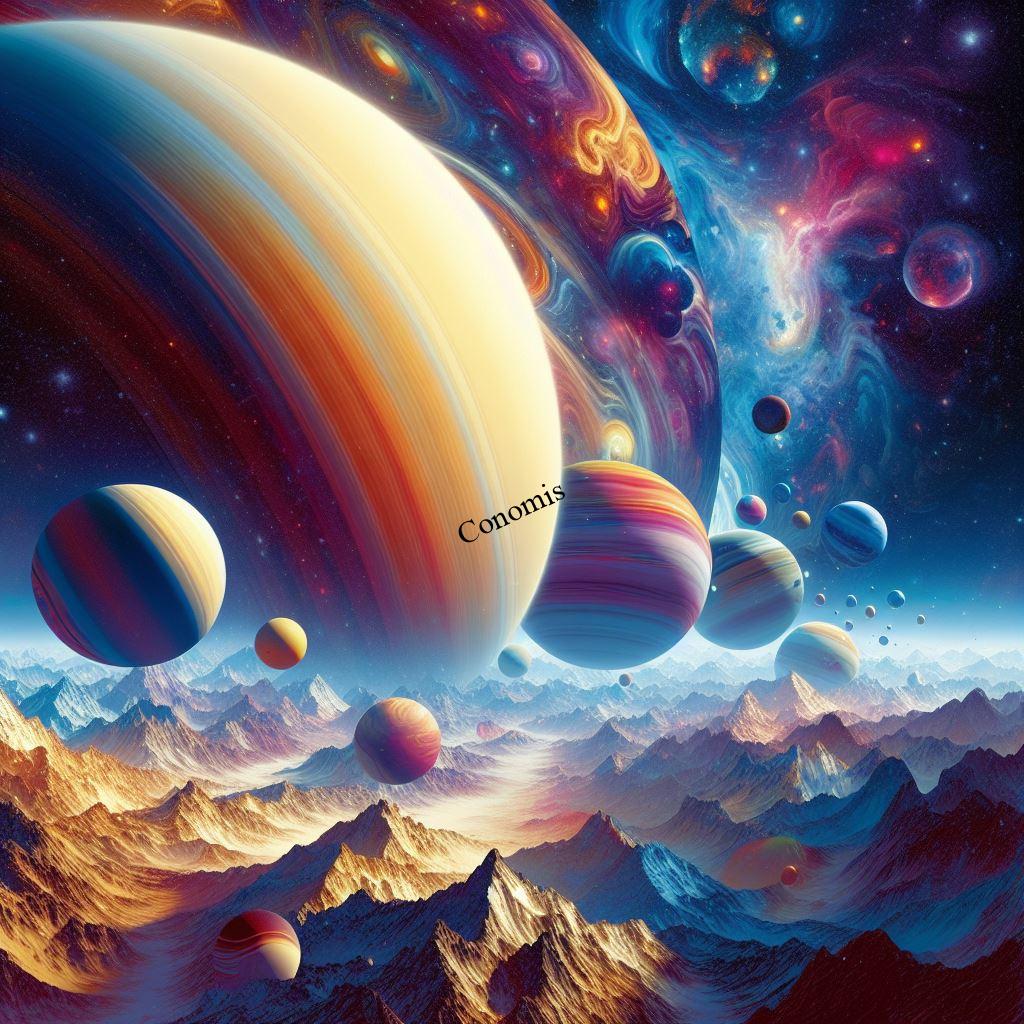
Not far behind in the list of notable discoveries is Kepler-186f. Another jewel within its star’s habitable zone, Kepler-186f has been dubbed an “Earth-cousin” due to its Earth-like characteristics. Its size and the energy it receives from its star make it a tantalizing subject for researchers.
These remarkable finds within habitable zones drive home the reality that our universe is brimming with possibilities. As technology advances and our cosmic search intensifies, who knows how many more Earth-like worlds await discovery?
Their Significance in the Study of Habitability
As we delve deeper into the cosmos, the significance of certain planets becomes increasingly evident, especially in the realm of habitability. These celestial bodies aren’t just specks of light in the vast darkness; they’re potential keys to understanding life’s myriad forms in the universe.
Take, for instance, the worlds nestled within their stars’ habitable zones. These zones, often referred to as “Goldilocks zones”, harbor conditions that are just right—neither too hot nor too cold—for life to potentially thrive. Discovering planets within these zones offers a tantalizing glimpse into the myriad conditions that might foster life, painting a diverse canvas of possibilities.

Planets like Kepler-22b and Kepler-186f don’t just stand as lone discoveries. They symbolize the vast potential of habitable zones across our galaxy. Every new find within these zones broadens our understanding, nudging us closer to answering the age-old question: Are we alone in this vast expanse?
The Challenges of Galactic Cartography
Current Limitations
While our strides in space exploration have been monumental, we are humbly reminded that the universe’s vastness far exceeds our current grasp. Our technological marvels have taken us to distant worlds and allowed us to peek into the potentially life-supporting conditions within habitable zones. But this is just the tip of the iceberg.
Diving deep into the mysteries of these habitable zones has often highlighted our limitations. Despite the numerous planets we’ve discovered within these zones, truly understanding the intricate dance of conditions that make a planet truly habitable remains a challenge. It’s not just about finding a world in the right zone; it’s about understanding its atmosphere, geology, and countless other factors.

Moreover, our tools for probing these distant worlds are still evolving. While they’ve offered profound insights, there’s an acknowledgment that we’ve only scratched the surface. As we stand on the brink of further discoveries in habitable zones, it’s evident that our journey is only just beginning. The road ahead is long, filled with challenges and revelations, and our thirst for knowledge remains unquenched.
Mapping the Stars- The Next Era of Cosmic Exploration
As with ancient explorers who once charted unknown terrains, we too are cartographers—but of the vast cosmic expanse. With every passing day, our understanding of the universe deepens, and our celestial maps become richer in detail.
Currently, our focus is honed in on habitable zones. These regions, scattered across the galaxy, are hotspots of potential, areas where conditions might be just right for life. With each new discovery within these habitable zones, our maps gain a new point of interest, a new world to study and understand.

Yet, the future holds even more promise. Imagine maps not just marking the location of these habitable zones but detailing the nuances of each world within. As our technology advances and our understanding sharpens, the blurry outlines of distant planets will morph into detailed landscapes, teeming with information.
In essence, the next chapter in cosmic cartography promises a future where our maps of habitable zones aren’t just dots in space but vivid portrayals of diverse worlds awaiting exploration.
Human Interest
Reaching for the Stars- The Vision of Cosmic Settlement
From the earliest days when our ancestors gazed up at the night sky, a deep-rooted curiosity has thrived within us. That twinkling expanse overhead, full of mysteries and wonders, has always beckoned to the human spirit. Our history as explorers, venturing into the unknown, has paved the way for an even grander vision—colonizing the cosmos.
But where would we begin this ambitious venture? The answer lies in the concept of habitable zones. These specific regions in space, where the conditions are potentially just right for life, offer promising starting points. Finding planets within these habitable zones could be our ticket to establishing footholds in space, building the first extraterrestrial settlements that could one day bloom into bustling civilizations.

The dream doesn’t stop there. With every planet we discover in these habitable zones, we inch closer to answering profound questions about life’s existence elsewhere. And as we venture forth, seeking out these zones and the planets within, we’re not just exploring for the sake of curiosity. We’re laying the groundwork for a future where humans might live among the stars, making the dream of cosmic colonization a tangible reality.
To the Stars and Beyond- Humanity’s Endless Cosmic Curiosity
It’s undeniable: there’s something about the vastness of space that tugs at the human heartstrings. Perhaps it’s the endless possibilities or the sheer scale of the universe that ignites our imaginations. From the historic moment when humans first set foot on the Moon to the present-day marvels of rovers analyzing Martian soil, our fascination with space exploration has only deepened.
The question that often arises is, why? Why do we feel this insatiable need to venture beyond our planet? One compelling reason is the allure of habitable zones. These regions in the galaxy, which promise conditions that might be suitable for life, have become focal points of our cosmic endeavors. Every discovery of a new planet nestled within these habitable zones reignites the age-old wonder: Are we alone in the universe?

As we continue our celestial journey, our aspirations evolve. It’s not just about understanding the universe, but also about finding potential new homes within these habitable zones. These quests are a testament to our innate desire to explore, learn, and ultimately, connect with the vast cosmos that envelops us. The stars have always beckoned, and as history has shown, we’re more than eager to answer their call.
Colonizing Exoplanets- The Hope and the Hurdles
The allure of distant worlds, especially those nestled within habitable zones, has always been captivating. As we look to the stars, visions of establishing colonies on exoplanets, those planets outside our solar system, stir our collective imagination. The prospects are tantalizing: new worlds to explore, fresh beginnings, and the expansion of humanity’s cosmic footprint.
However, as with any grand endeavor, challenges abound. One of the first hurdles is the sheer distance. Even planets within our galaxy’s habitable zones could be light-years away, translating to travel durations that might span multiple human lifetimes. We’re yet to devise propulsion systems capable of shortening these astronomical travel times.

Additionally, landing on a new planet is only the beginning. Adapting to potentially unfamiliar environments, with distinct gravities, climates, and even unseen dangers, poses a significant challenge. Just because a planet lies within a habitable zone doesn’t guarantee it’s hospitable. There might be challenges we haven’t even anticipated yet.
In essence, while the dream of colonizing exoplanets, especially those in habitable zones, is a testament to human ambition, the journey will be fraught with obstacles. Yet, if history serves as an indicator, challenges have never truly deterred humanity’s exploratory spirit.
Conclusion
The universe’s grandeur is undeniable. As we set our sights on the Milky Way, our own galactic backyard, we’re continually drawn to the concept of habitable zones. These special regions, which might harbor the conditions for life as we know it, represent more than just potential spots for scientific inquiry; they represent hope, promise, and the vast potential of the unknown.
Navigating these habitable zones isn’t just an academic exercise; it’s a deeply human pursuit, a reflection of our innate curiosity and drive to explore. Even amidst the overwhelming vastness of space, our spirit remains unbroken, our passion for understanding untamed. Each discovery within these zones brings us a step closer to answering profound existential questions and, perhaps, finding a new place to call home.
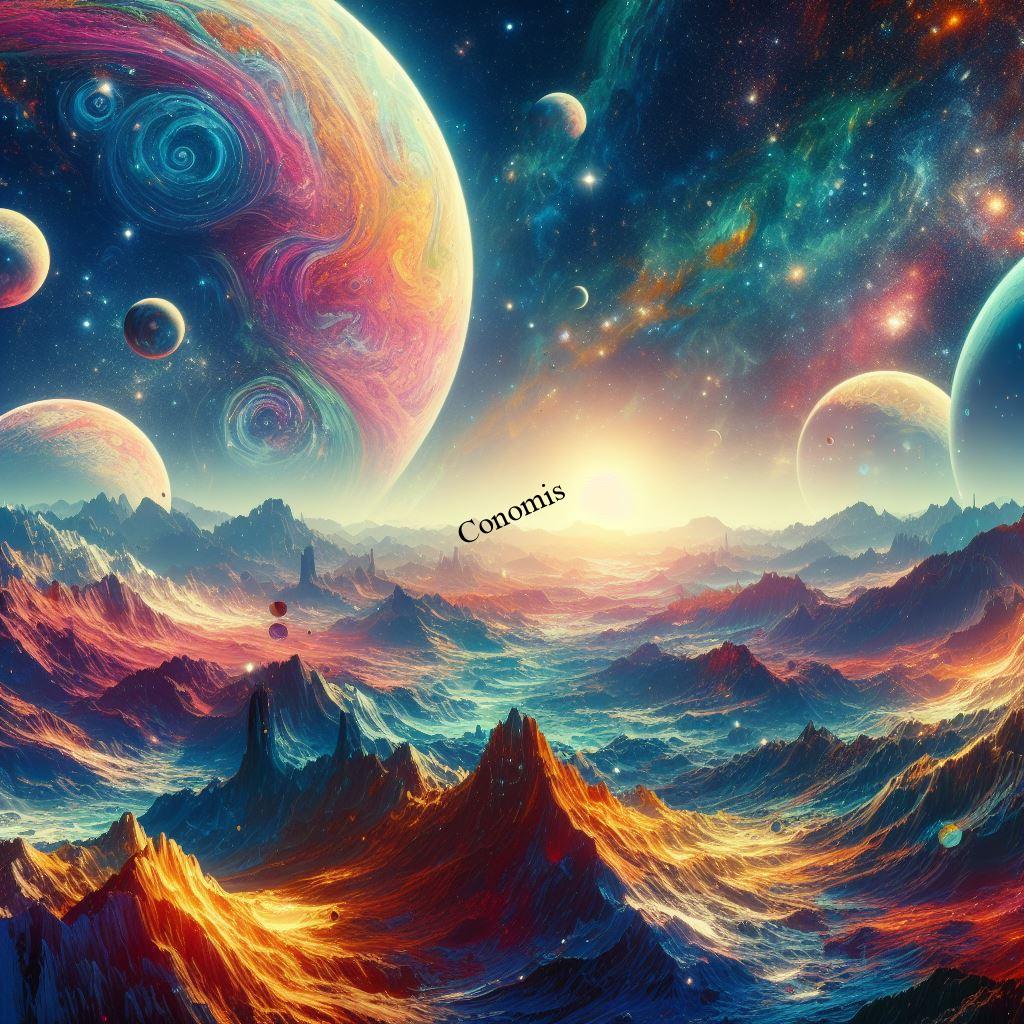
In conclusion, while the challenges of cosmic exploration are vast, so too is our determination. The habitable zones of the Milky Way beckon, and as we embark on this exhilarating journey, we carry with us the hopes and dreams of countless generations. Who knows what the future holds? But one thing is certain: our cosmic quest will continue, fueled by wonder, ambition, and the ever-burning desire to reach beyond our known horizons.
FAQs
What is the Goldilocks Zone?
It’s the region around a star where conditions might allow liquid water to exist—making it potentially suitable for life.
How many exoplanets have we discovered in the Milky Way?
Thousands have been identified, with many more awaiting confirmation.
Is it possible for humans to live on exoplanets?
It’s a complex question. While the idea is intriguing, several challenges, from cosmic radiation to potential food sources, need addressing.
How do scientists detect exoplanets?
Various methods, including the transit method (observing dips in starlight) and the radial velocity method (measuring star wobbles).
Why is the study of habitable zones crucial?
Understanding these zones boosts our chances of finding life beyond Earth and offers insights into cosmic colonization’s feasibility.
You Can Also Read
https://en.wikipedia.org/wiki/Habitable_zone
https://www.space.com/goldilocks-zone-habitable-area-life
Conomis Thoughts
![]() Copyright 2023 CONOMIS
Copyright 2023 CONOMIS

